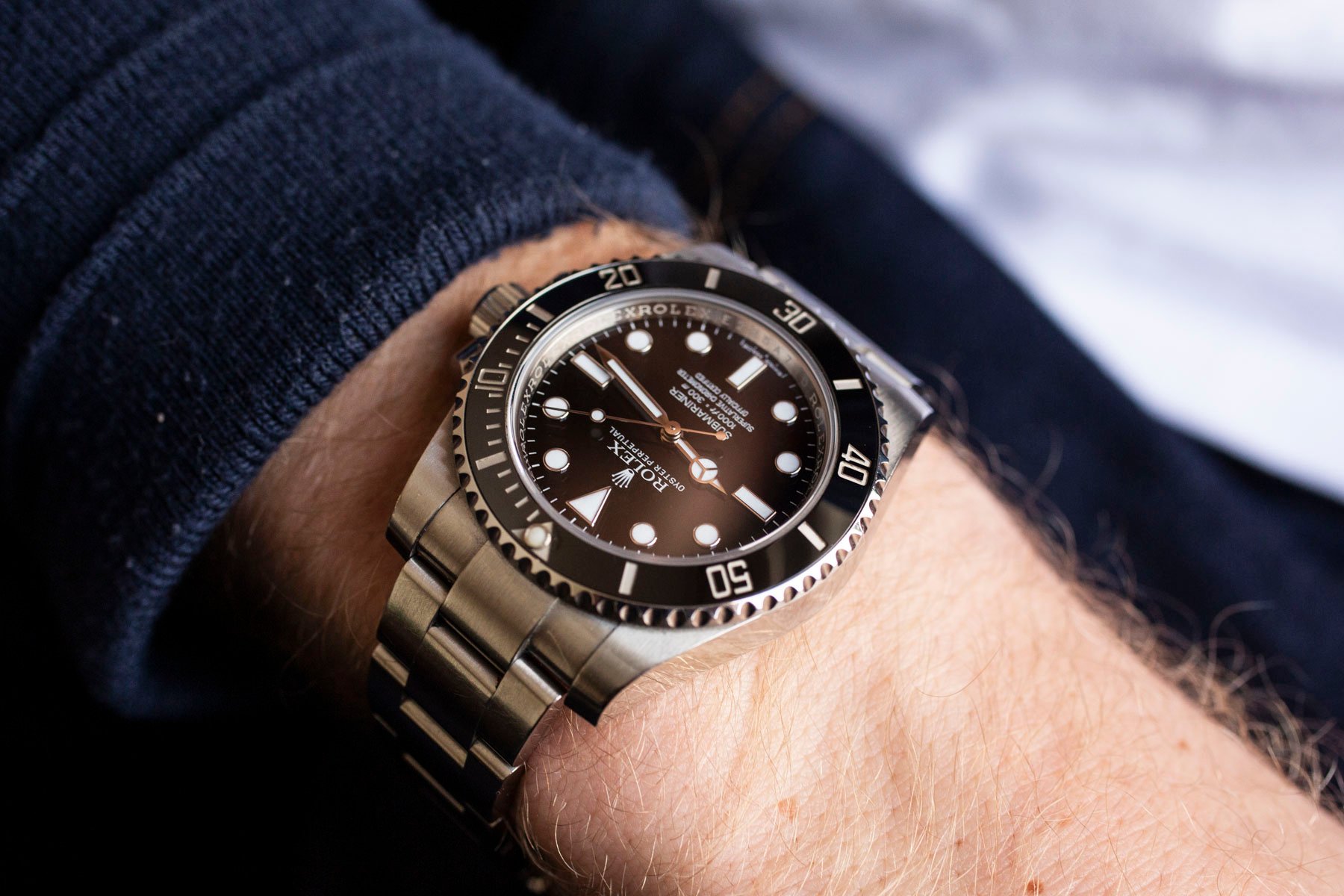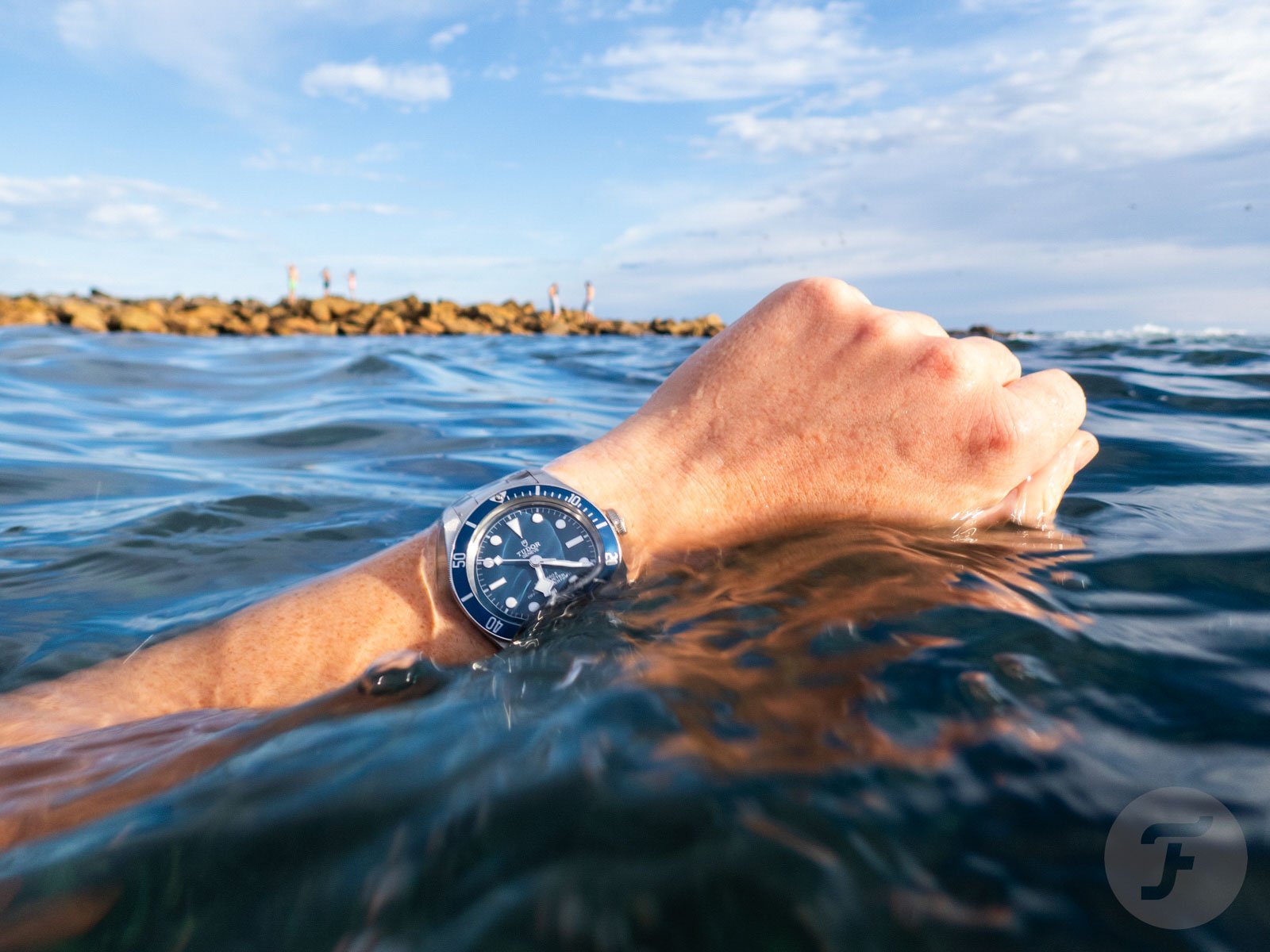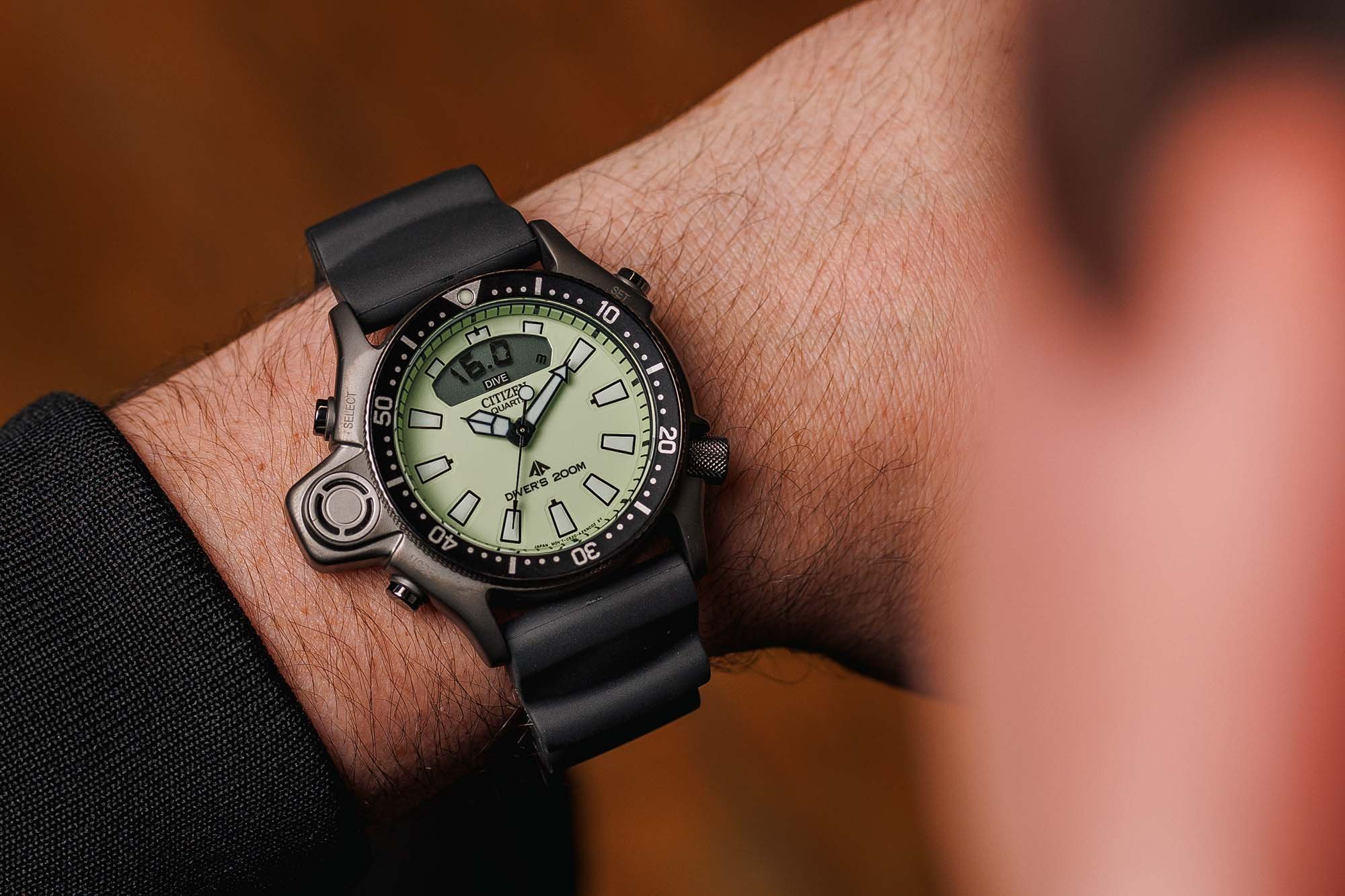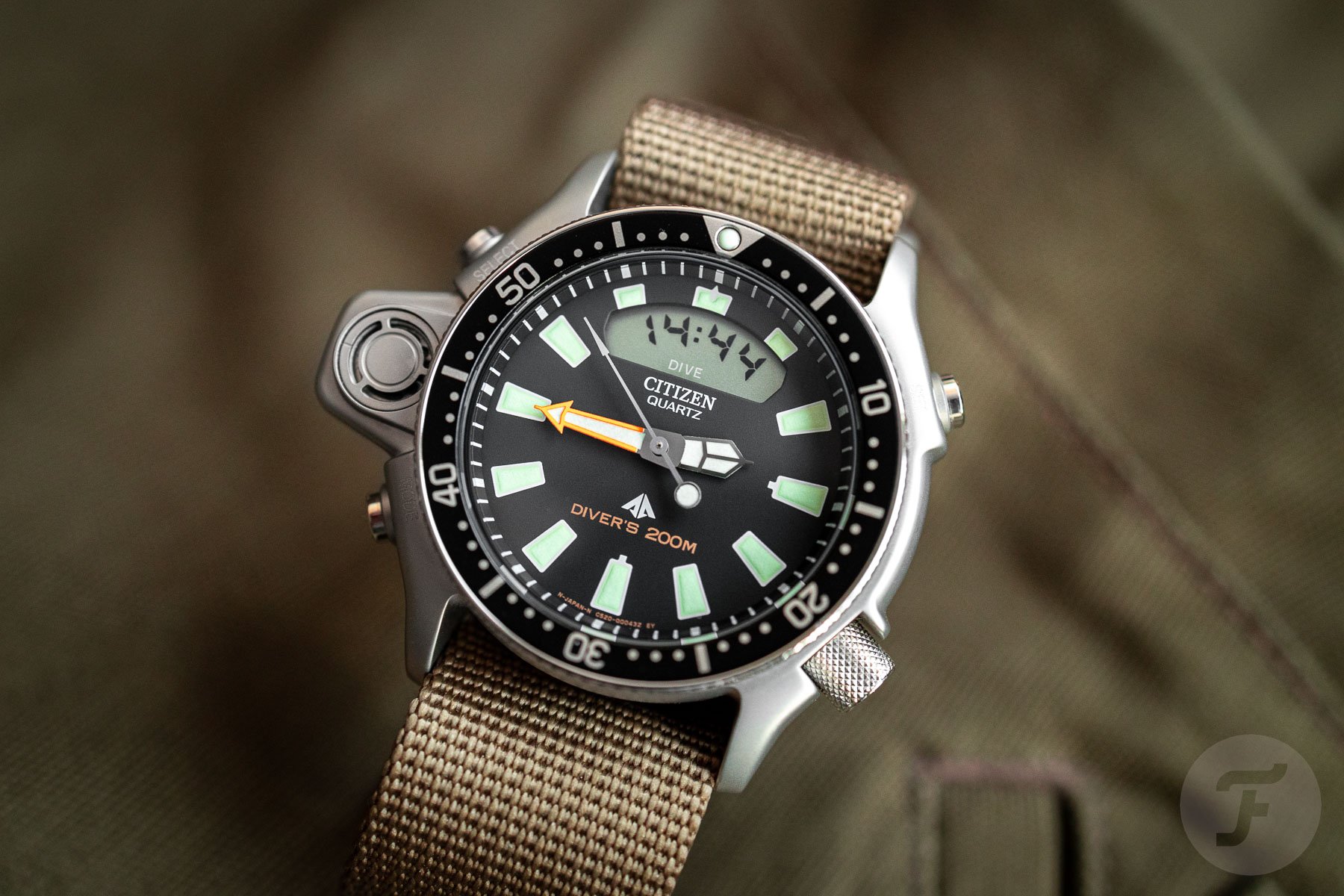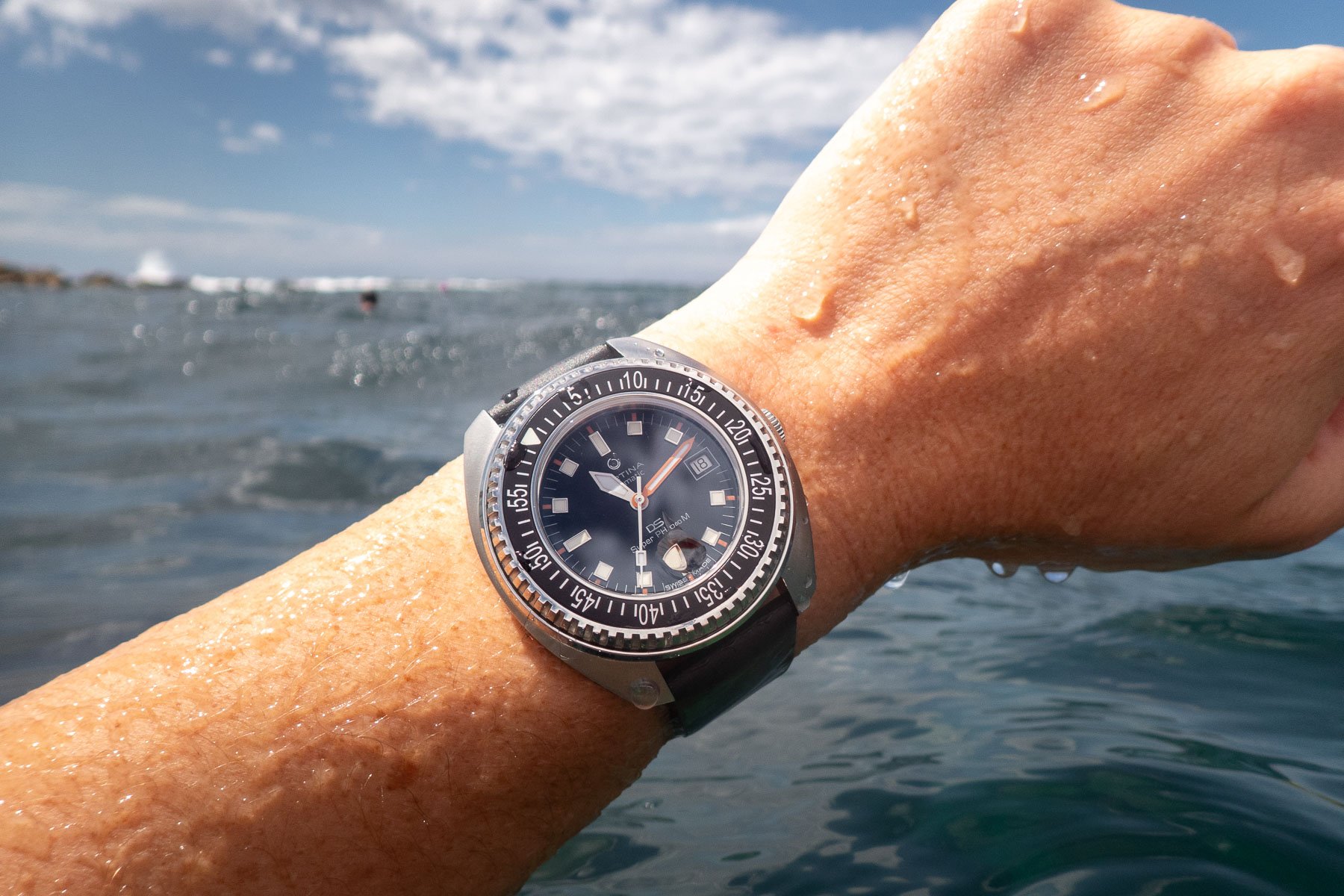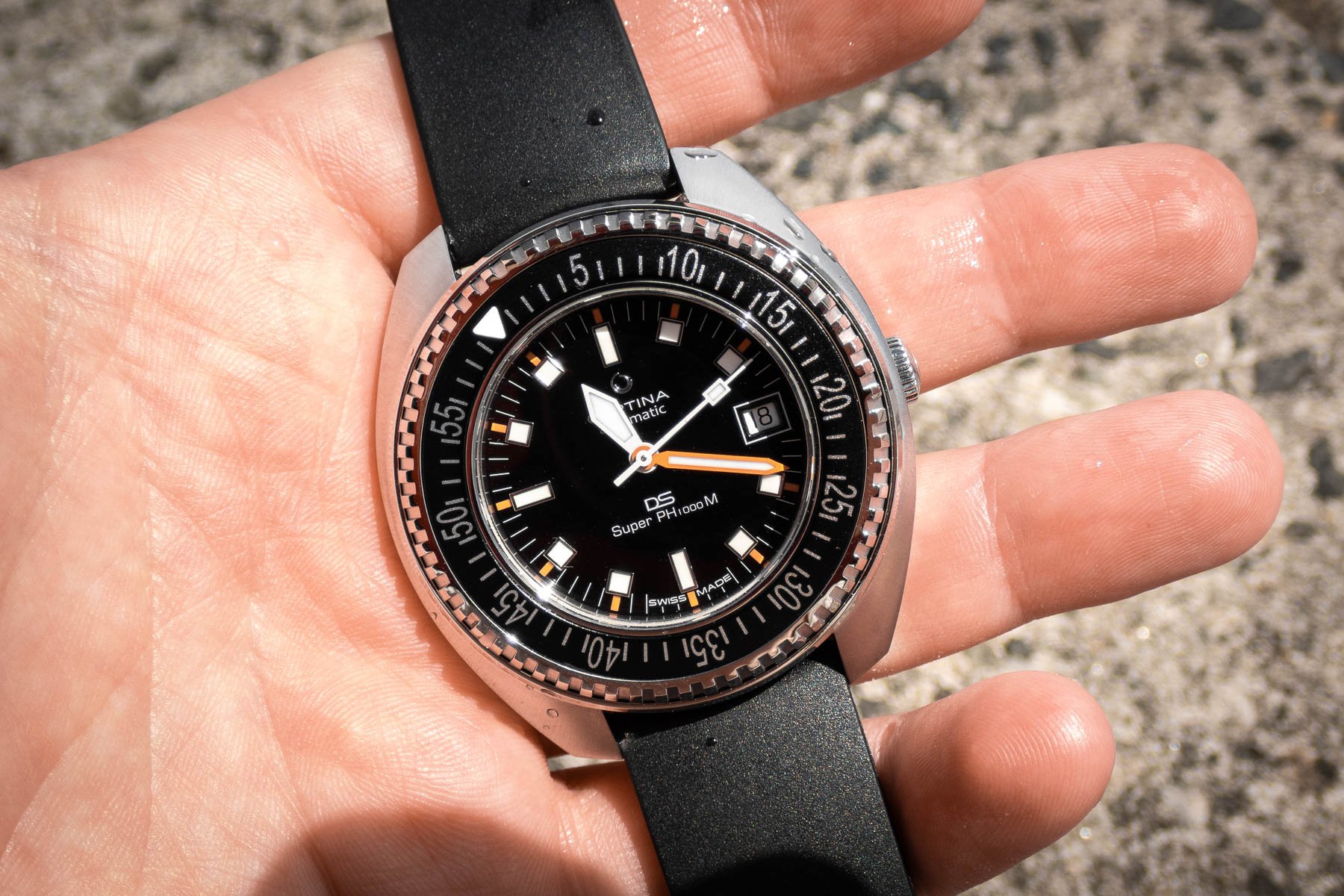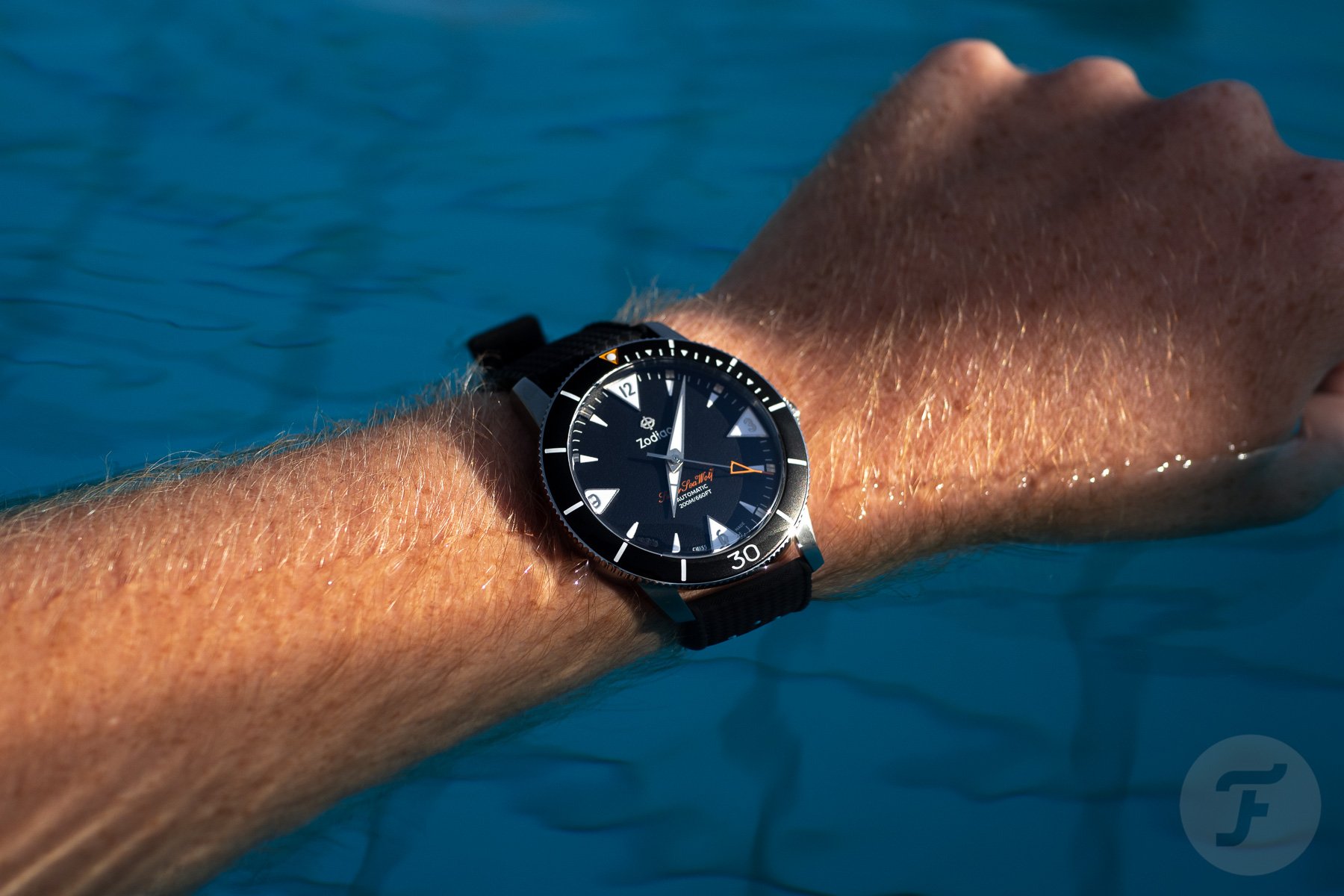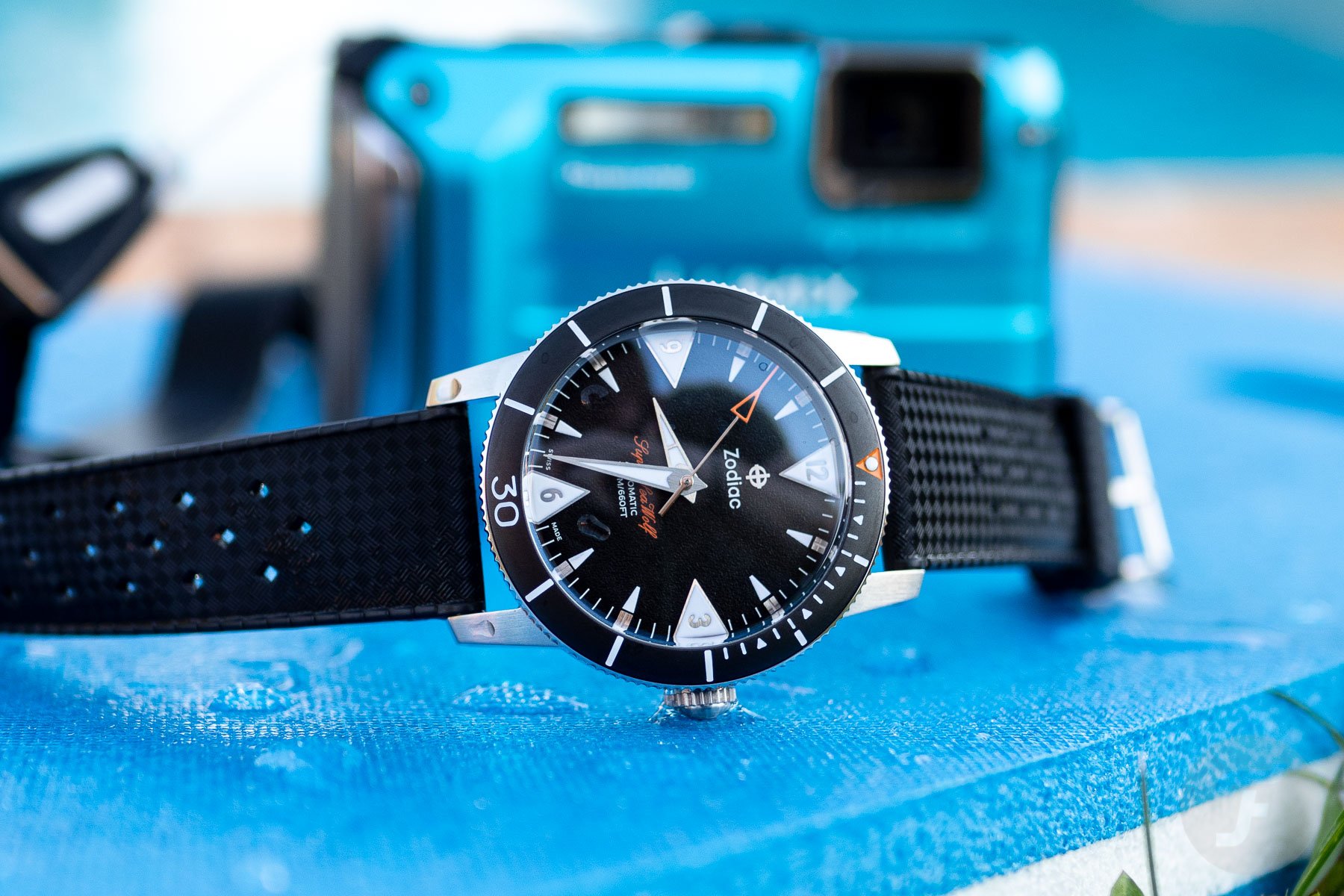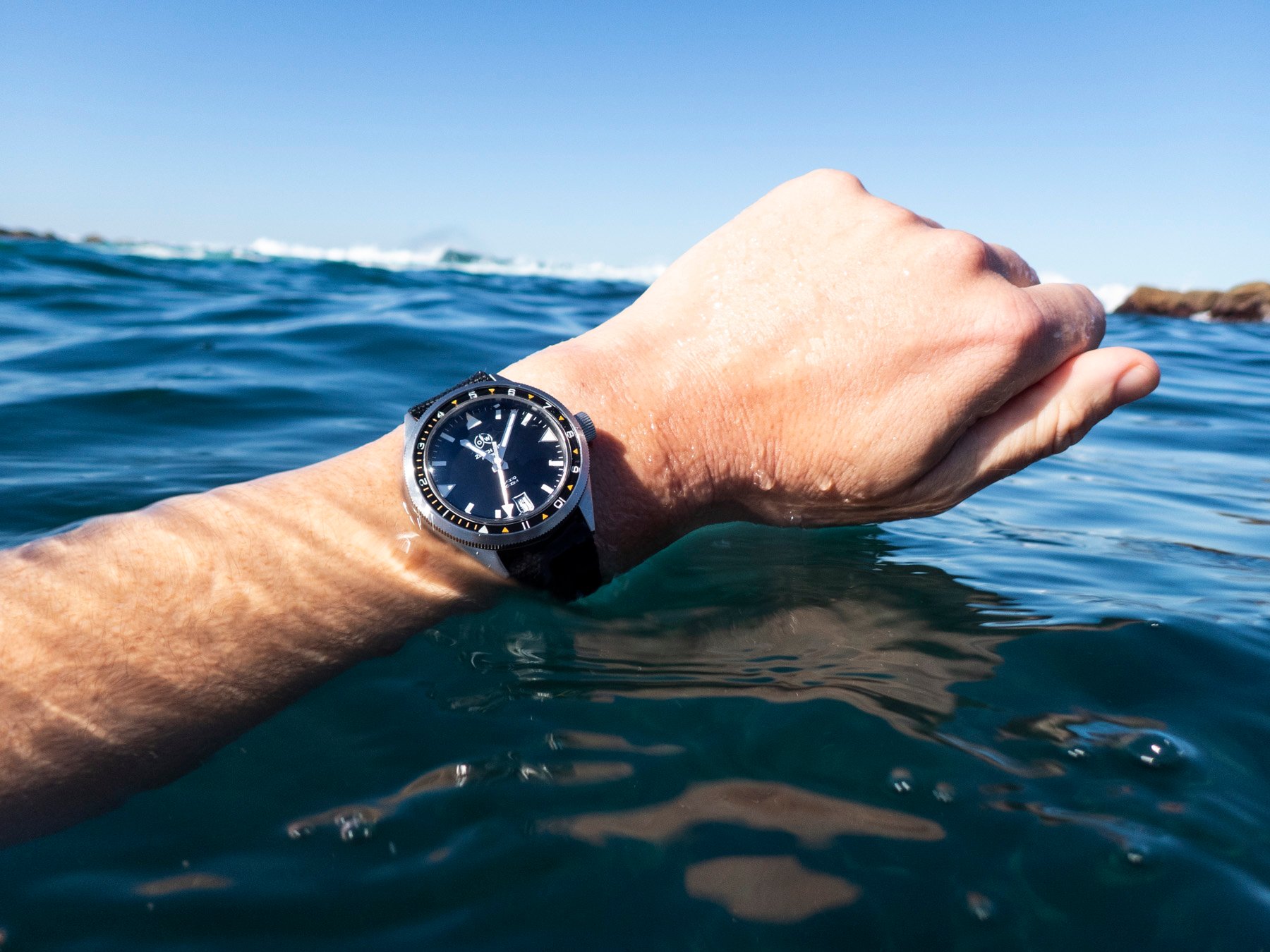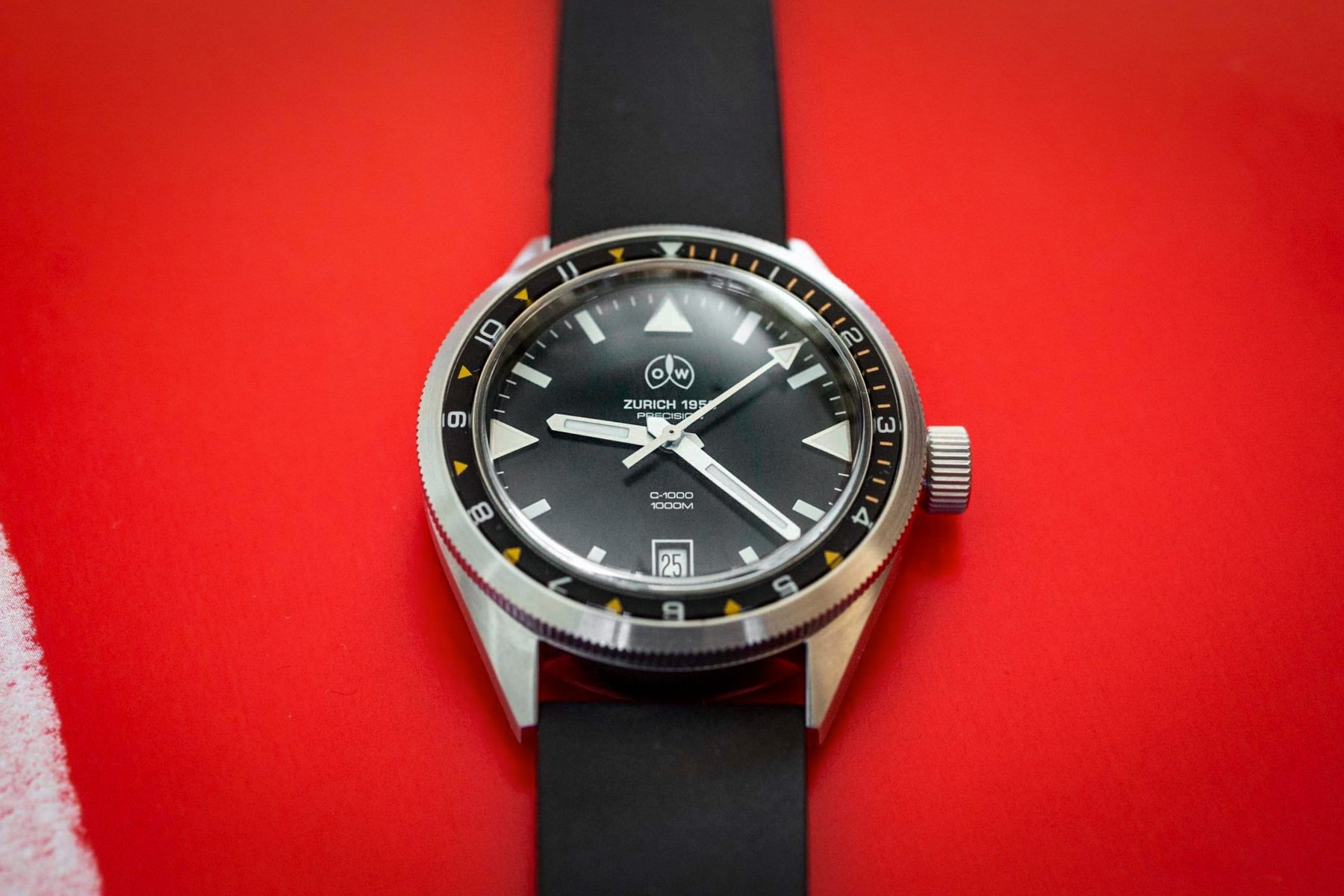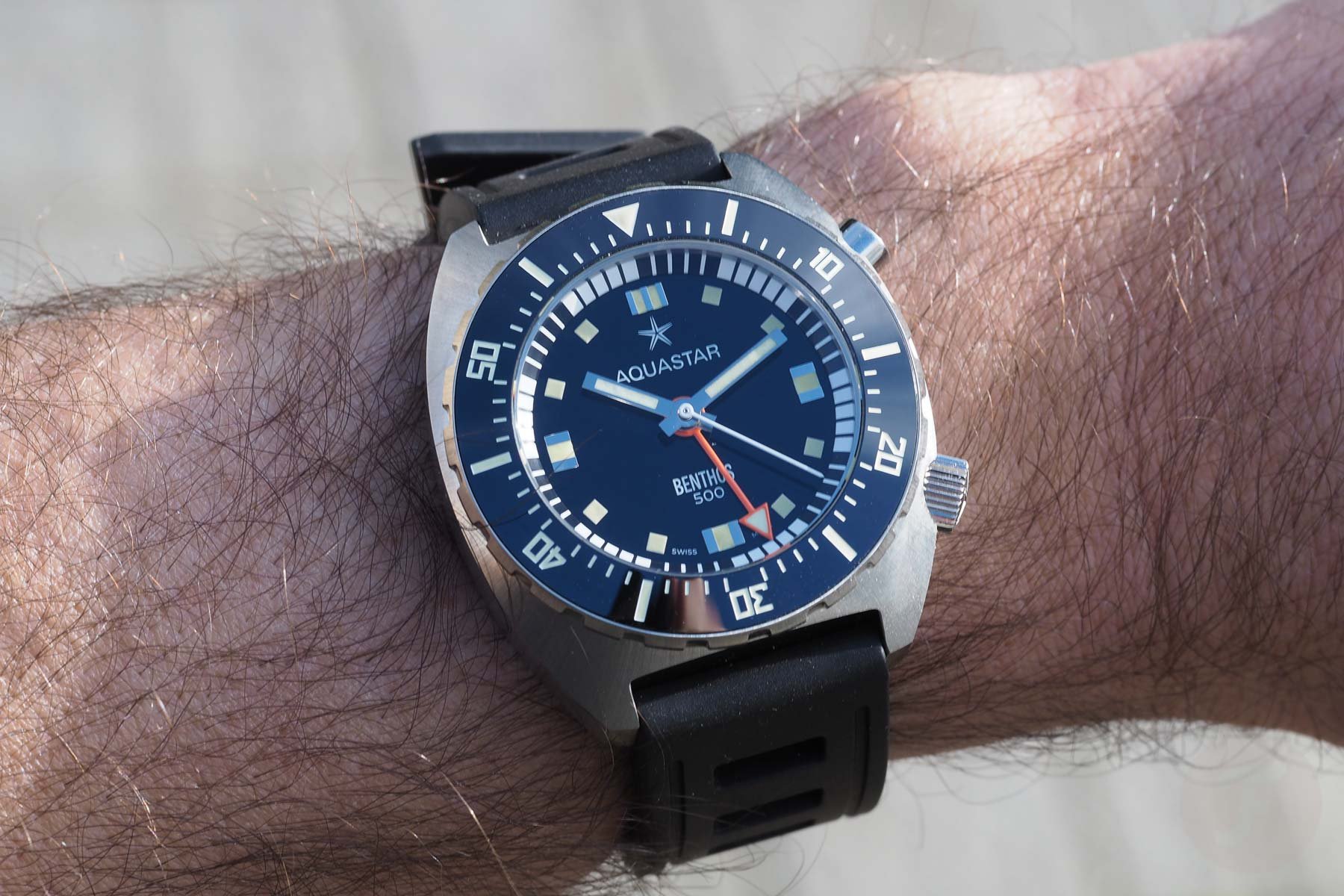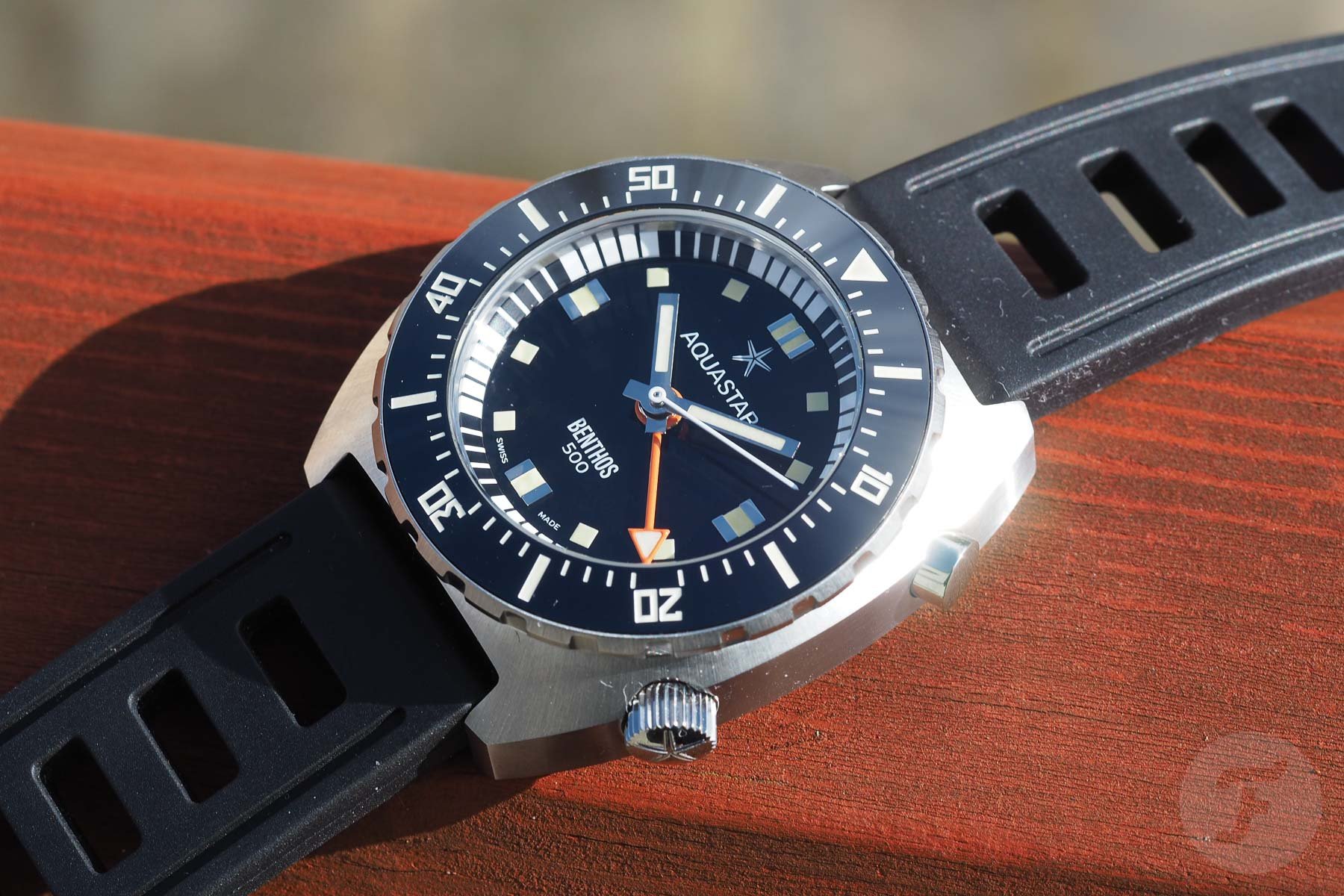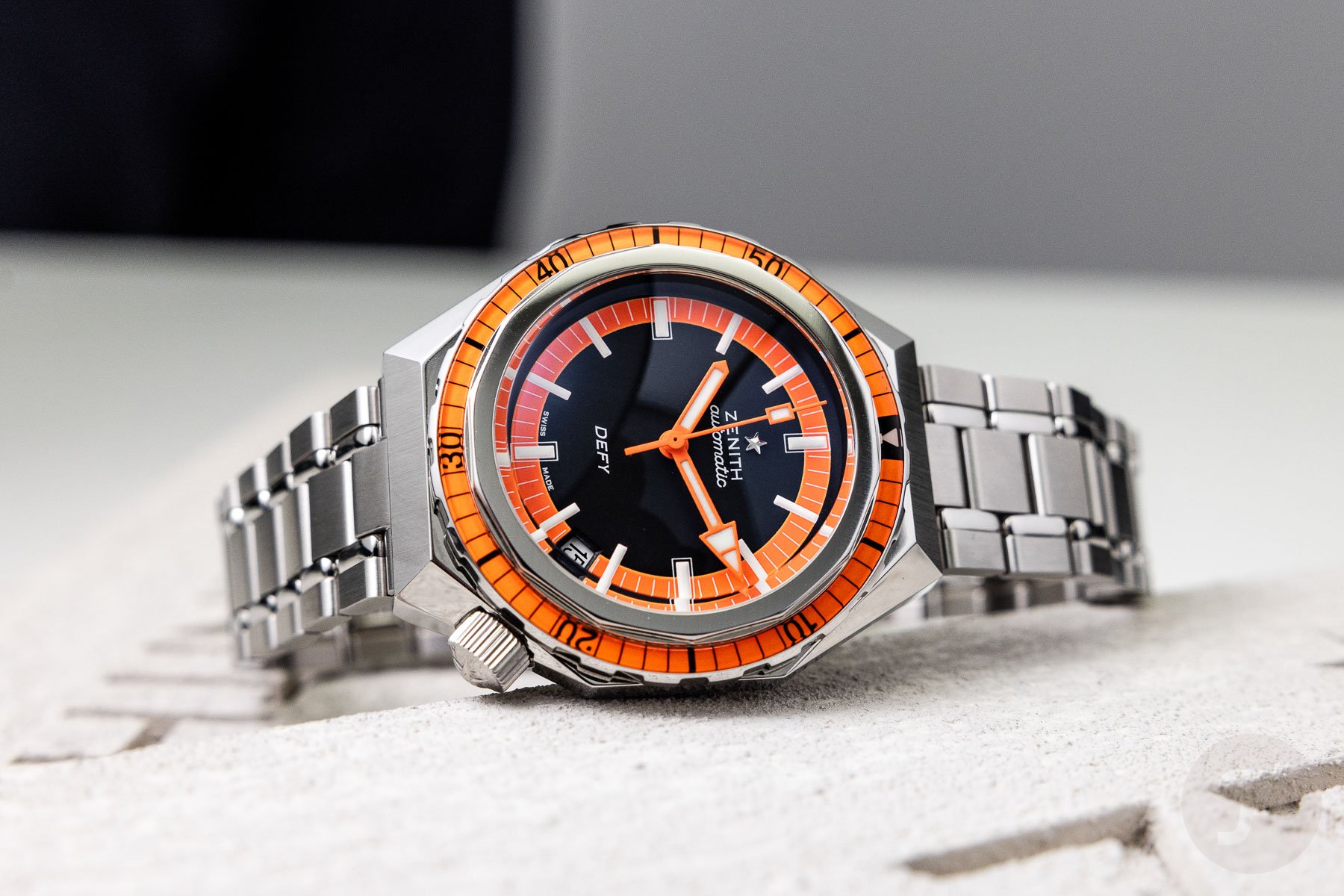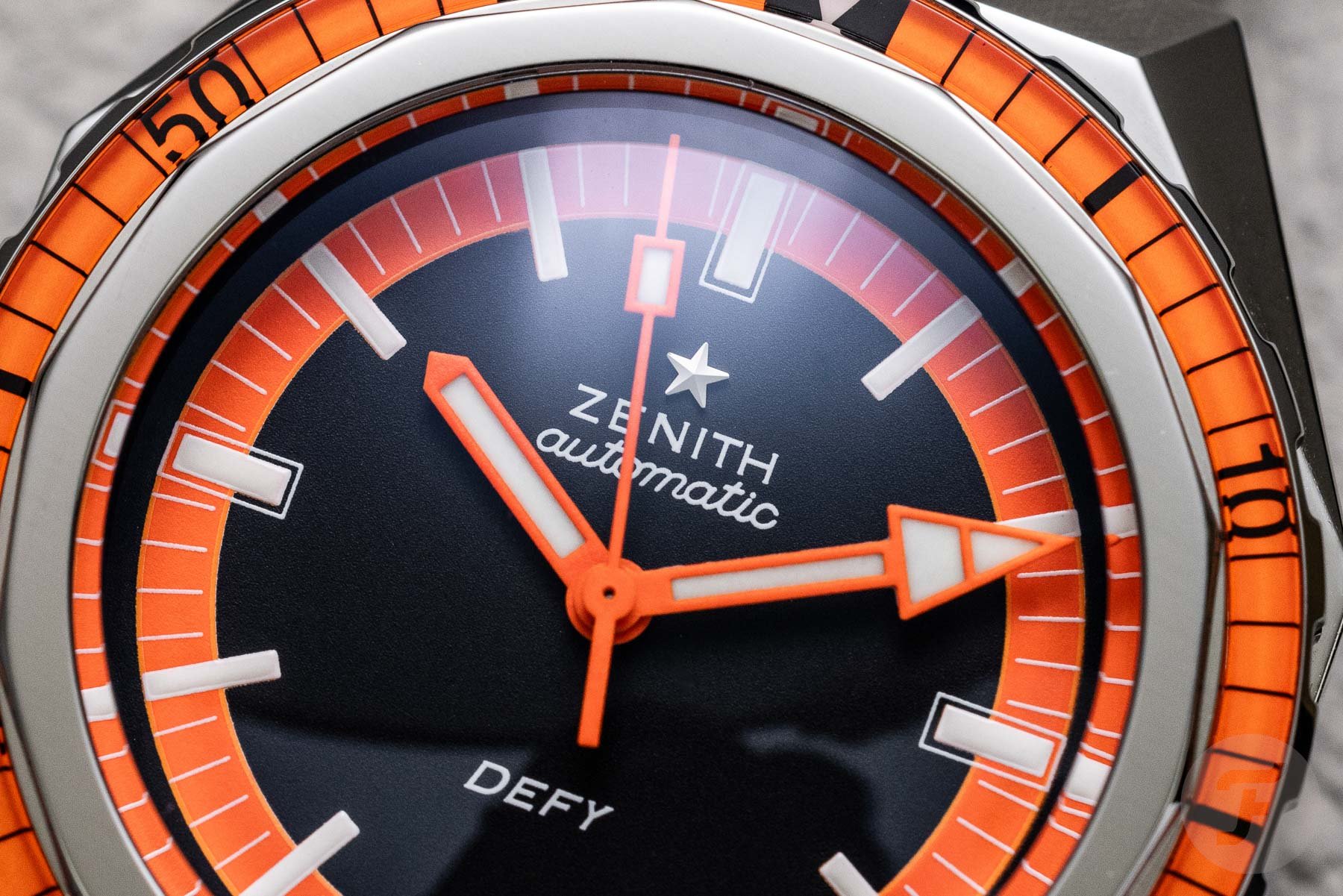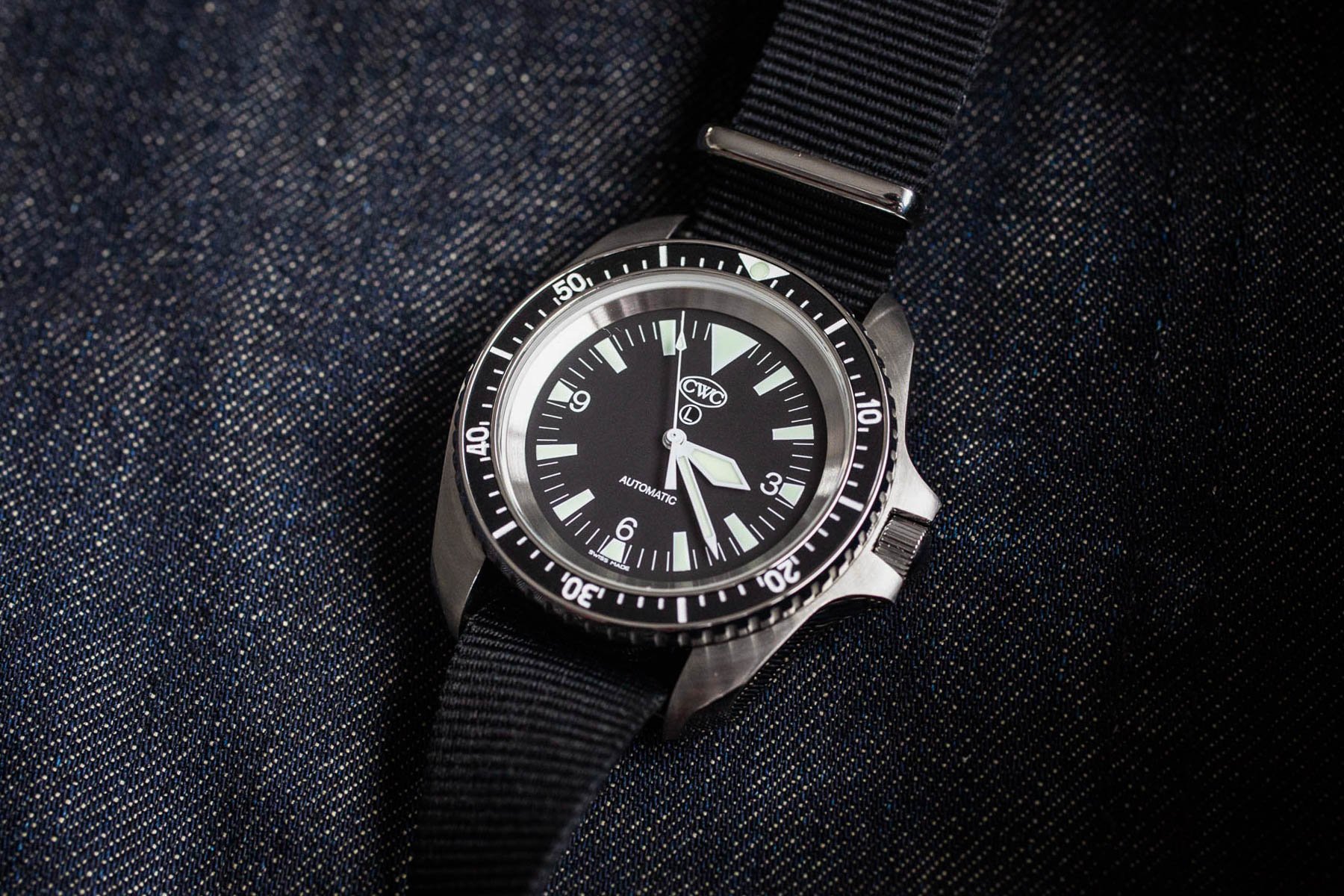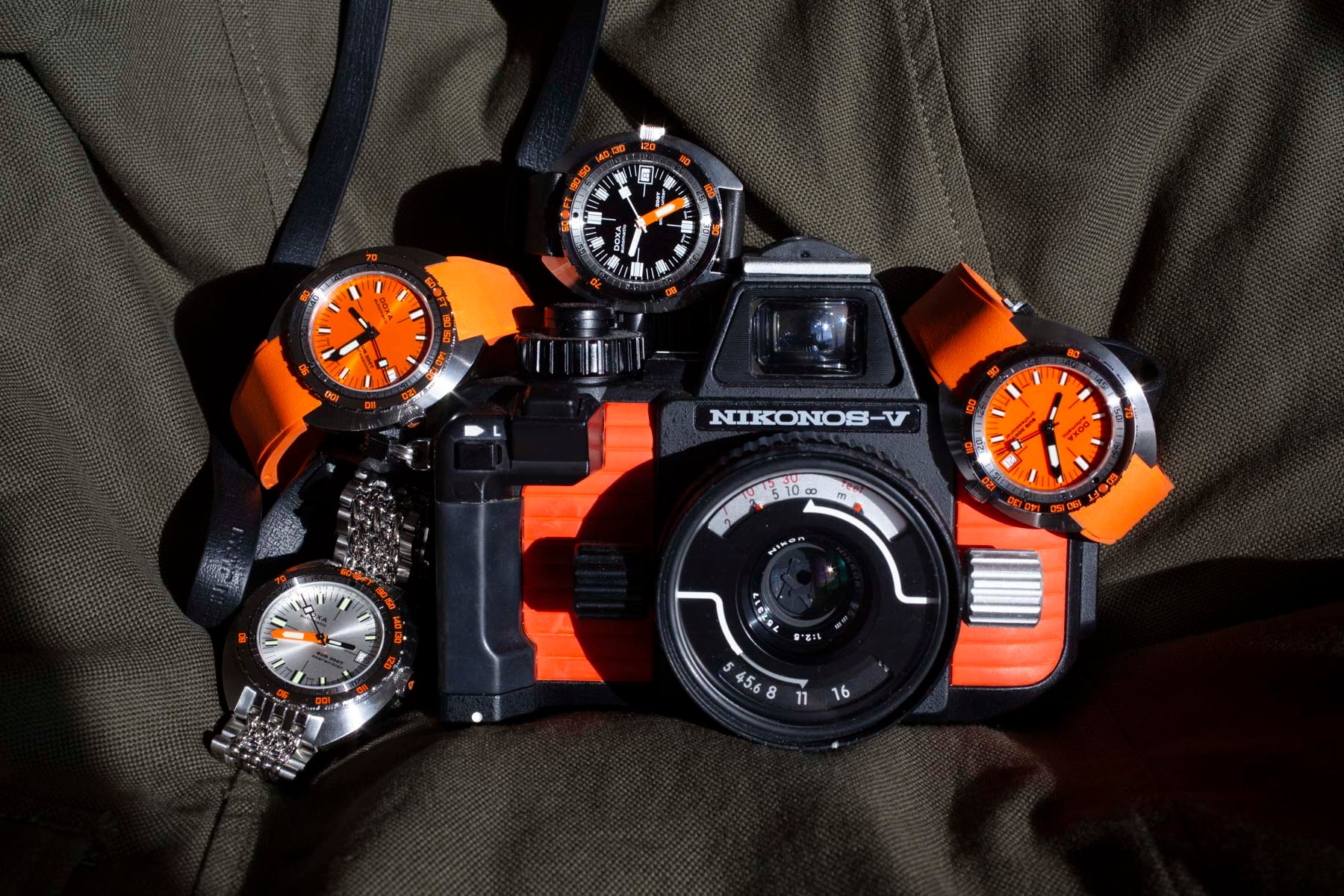Lesser-Known Dive Watches With Heritage — Featuring Certina, Zenith, Aquastar, And More
Dive watches are what got me into this hobby. As the proud owner of a Tudor Black Bay 58, I can appreciate as much as anyone the appeal of a good, solid dive watch. Such a timepiece is a good starting point for those just getting into the watch hobby. Why? Well, that’s because it offers a good mix of capability, water resistance, and (one would hope) build quality. Plus, a dive bezel is not just a fidget spinner but also a genuinely useful tool, whether you’re scuba diving, free diving, or simply measuring elapsed time when you have pasta cooking in a pot of boiling water.
A quick note on dive watches
There are a few legendary or highly popular dive watches, such as the Rolex Submariner, Tudor Black Bay series, Blancpain Fifty Fathoms, and the Omega Seamaster, to name some of the key front runners. This is not an article about any one of those watches, though. Rather, it is aimed at raising the profile of a few lesser-known options that still offer great specifications, quality, and history to match. So here’s a list of some lesser-known dive watches with serious heritage.
Before we begin, I want to make it clear that this is in no way an exhaustive list. There are wonderful options from brands in Germany, Japan, Switzerland, the USA, and the United Kingdom that I haven’t been able to fit into this story. Perhaps that’s fodder for a second feature… I look forward to reading our readers’ suggestions in the comments section.
The Citizen Promaster Aqualand
The Citizen Promaster Aqualand is one of those Vegemite watches. Its quirky design is oh-so Citizen! The brand’s Promaster (dive) range is full of quirky designs. The Aqualand, which is a reissue of a watch originally released in 1985, is a good example of this. The Aqualand has a characteristic depth gauge, a dive timer, and memory to store dive depth and time. This was quite the design back in 1985 with a rich feature set. The modern iteration builds on that legacy, offering a 200m water resistance rating and improved capabilities over the original. You can read a feature on the original here.
The original was, in a sense, a precursor to dive computers. It’s a nice hybrid that bridges the gap between analog dive watches and more modern tech. Today’s versions of the watch house Citizen’s caliber C520 inside their chunky 44mm cases (50.8mm including the depth gauge) with a 47.7mm lug-to-lug and a 14.4mm thickness. This is certainly a watch that you will feel strapped to your wrist, but it provides incredible functionality. Furthermore, you can opt for a lume-dial variant, which would be my pick as an incredibly funky and cool dive watch for any aquatic adventure. Picking up a Citizen Promaster Aqualand will get you the heritage of the 1985 original with all the benefits of modern build quality and a design unlike anything else.
The Certina DS Super PH1000M
A 1,000m-rated diver by the venerable brand Certina, the DS Super PH1000M is a great watch. Originally released in the 1970s, this was a cutting-edge design for the time. Certina had, by then, made a name for itself by producing incredibly tough watches. The DS (double security) line had gone to the top of mountains and descended Mt. Everest on a Japanese skier (among many other adventures). The DS Super PH1000M was what happened when Certina threw everything at the wall when it came to building a top-spec dive watch.
Thankfully, the modern re-edition is a faithful homage to the original. Benefiting from a Powermatic 80 caliber thanks to Certina being part of the Swatch group, this watch offers a helium escape valve and an iconic cushion-case 1970s design aesthetic. I have spent time with this Certina, including taking it free diving in the Pacific Ocean, and it always performed admirably. Certina watches were strapped to the wrists of Royal Australian Navy (RAN) clearance divers in the late 1970s as well. Certina’s DS Super PH1000M might just be the best the brand currently has to offer when it comes to design and heritage (I’m biased). The case, despite its 43.5mm diameter and 14.15mm thickness, is very wearable. Best of all, flipping the watch over, you’ll find the wonderful Certina DS turtle case back, which is a faithful carryover from the originals.
The Zodiac Super Sea Wolf 53 Skin
According to common lore in the watch world, Zodiac was one of the original horological players in the dive-watch arms race. As the story goes, the Zodiac Super Sea Wolf was one of the first three dive-specific watches released alongside the Rolex Submariner and the Blancpain Fifty Fathoms. Last year, Jose Pereztroika made quite a case against this commonly believed narrative, placing the original debut in 1958 rather than 1953. In light of this, at least we can safely say that Zodiac wasn’t super far behind. Today, the brand produces faithful remakes of the original that also happen to be relatively attainable. A few years ago, Fratello’s managing editor, Nacho, took the Super Sea Wolf 53 Skin adventuring in the ocean in Spain and Portugal. This model is no longer in production, but some very similar ones are.
The modern Zodiac Super Sea Wolf (53) Skin is a 200m-rated diver with a 39mm stainless steel case and fully brushed finish. The case also has a pleasant 12.7mm thickness, including the slightly domed sapphire crystal, and a compact 46.5mm lug-to-lug. Inside beats the STP1-11 movement. STP, like Zodiac, is owned by the Fossil Group, so this is an in-group movement, much like the ETA calibers in Certina (Swatch Group) watches.
The Ollech & Wajs C-1000 A
The Ollech & Wajs C-1000 A is a personal favorite in this list from a quirky brand. Many may not know, but the Ollech & Wajs watches have been in constant production since the brand’s establishment in 1956 by Joseph Ollech and Albert Wajs. It’s crazy to think that just eight years later, in 1964, Ollech & Wajs would go on to introduce the Caribbean 1000. This was a watch that had a certified depth rating of 1,000 meters. This was years before brands like Rolex, Doxa, and Omega entered the heavyweight-water-resistance game. The depth rating was thanks to a reference 702 monobloc case manufactured by Jenny Watches. Jenny is also the family that currently owns Doxa.
The original Caribbean 1000 has an interesting history, including being used by an Italian diving team on an expedition to the Arctic in 1966. Thankfully, Ollech & Wajs has released a modern-day take on the original watch, which is the C-1000 A (A is for “Anniversary”). The modern watch has a 39.5mm case with a short 45.7mm lug-to-lug and a hefty 15.8mm thickness.
The crown is massive and wonderfully robust. However, the brand has done a good job in hiding some of the case’s thickness, with it being present thanks to a domed crystal and thick case back. The mid-case provides an illusion that the watch is thinner than it is, perhaps more like 14mm or thereabouts. Inside beats the Soprod P092 caliber with a 44-hour power reserve and a custom O&W rotor.
The Aquastar Benthos 500 Chronograph
The Aquastar Benthos 500 Chronograph is a wonderfully cool watch. The original was released in 1970 by Aquastar and featured a centrally mounted 60-minute chronograph. The modern re-edition was the result of close work between modern Aquastar (run by Rick Marei of Doxa fame) and La Joux-Perret to create a bespoke caliber. That movement, the La Joux-Perret 1MPS, is an automatic monopusher chronograph movement with manual-winding capability, a 28,800vph frequency, and a 60-hour power reserve. The pusher that operates the 60-minute chronograph function can be used underwater. The LJP caliber is housed in a 42mm case with a 47mm lug-to-lug and 15.4mm thickness. This watch also has a 60-minute dive bezel with 120 clicks.
The modern Benthos 500 Chronograph is a truly distinctive offering in the dive-watch market and comes from a revitalized brand that has true pedigree in the genre. Aquastar had several wonderful and original designs, some of which are quite elegant, like the Deepstar. This is more brutish in appearance but has a rugged charm and bespoke caliber to boot. It’s no wonder my colleague Mike seems to be a fan of reissued Aquastar watches since they bring both form and function to the table.
The Zenith Defy Revival A3648
Zenith’s Defy Revival A3648 is a wonderful reissue with a design that is so of its historical counterpart’s era. The colorful A3648 debuted in 1969, and it combined good looks with a serious set of specs. It was water resistant to 600 meters. On top of that, the orange and black elements combined with the angular case made the watch really stand out. The use of color, in particular, was probably to aid with underwater legibility. The modern re-edition is faithful to the original with a 37mm case diameter and 15.5mm profile. It is also water resistant to 600 meters, far deeper than any of us would ever go. Inside beats the Zenith Elite 670 caliber, an automatic movement with manual winding, 28,800vph frequency, a 50-hour power reserve, 27 jewels, and a wonderful aesthetic (hidden behind an all-steel case back). The movement’s rotor features the Zenith star.
The angular case features a 14-sided unidirectional bezel, which creates a dizzying effect in relation to shapes! The insert is a piece of bright orange sapphire crystal with black markings. Both work well with the matte black dial and with the orange minute track on its periphery. The orange handset features a pencil-style hour hand, an arrow-shaped minute hand, and a seconds hand with a rectangular tip. All three hands and 12 indexes bear white Super-LumiNova. Overall, the Zenith offers a wonderfully unique aesthetic and outstanding build quality in a case design that screams individuality. Have at it!
Concluding thoughts
There were heaps of examples that didn’t make this particular list. I have a couple of honorable mentions to flag with readers. The first is the Doxa Sub 200, which is a re-edition of Doxa’s first dive watch from 1964, which had a depth-rating of 300 meters and a case reminiscent of the Omega Seamaster. Another mention has to go to CWC for its Royal Navy dive watches, which succeeded the Rolex Submariner and Omega Seamaster 300 as official dive-watch spec for the Royal Navy in the late 1970s and into the 1980s. You’ll note there’s no German-made watch on this list, which is a notable omission.
What do you think, Fratelli? What other dive watches should be on this list and why? Let me know in the comments (as long as they aren’t Omega Seamasters or Rolex Submariners). I look forward to reading your suggestions! Oh, and the Omega Ploprof and Rolex Sea-Dweller are perfectly acceptable suggestions since they represent a more technical and quirky side of both brands.

